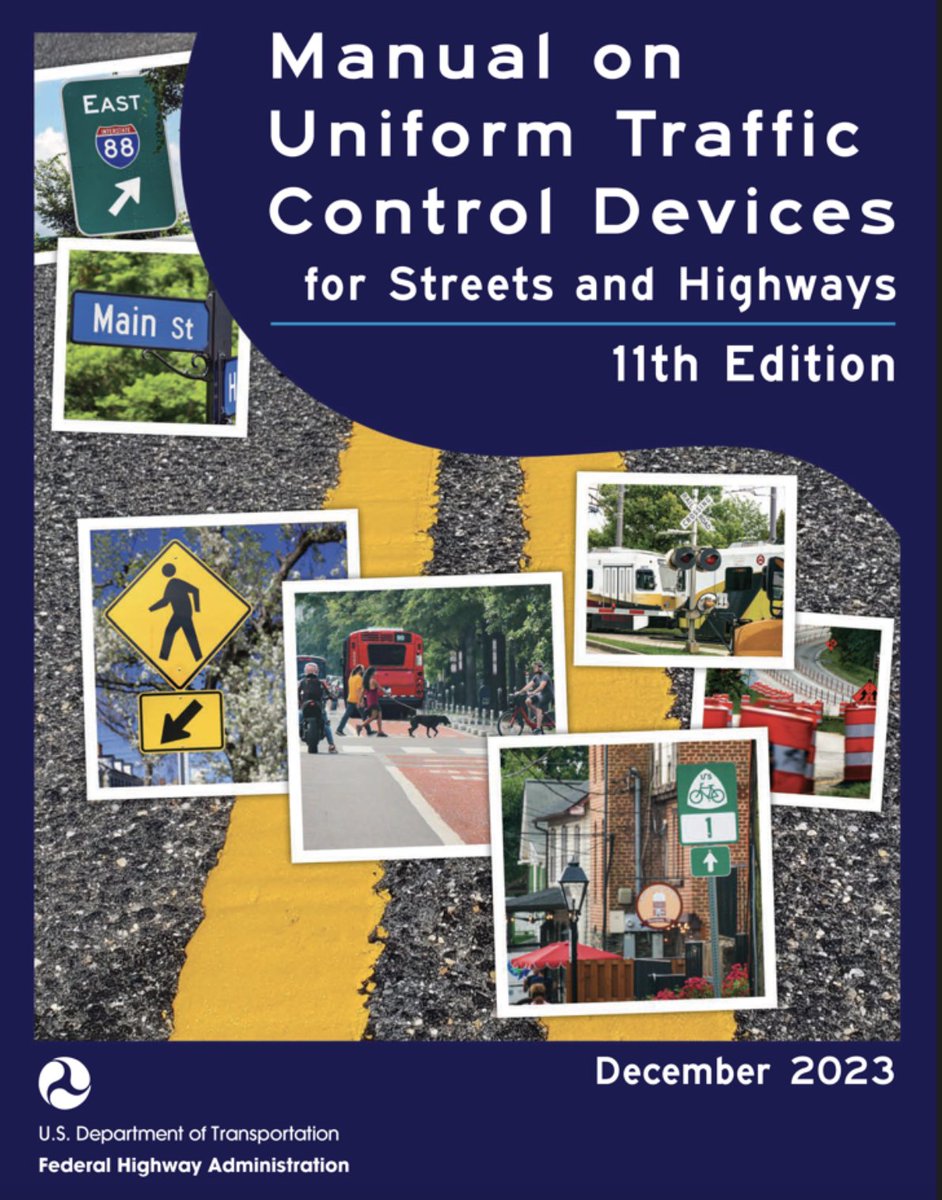America Walks Assertion on Up to date Federal Handbook on Streets

Feds Announce New Road Handbook, It’s Higher However Not Sufficient

Secure streets advocates have typically been informed “no – we are able to’t change that” by a site visitors engineer counting on the federally authorised Handbook of Uniform Visitors Management Units (MUTCD). That’s why the federal authorities acquired tens of hundreds of “Handbook of Uniform Visitors Management Units (MUTCD) replace feedback when it proposed updating the Handbook. The established order is a failure. The dramatic enhance in pedestrian deaths, falling inequitably on Black and low revenue communities, is the tragic proof.
At the moment, the Handbook was up to date and launched. We’re nonetheless intently analyzing the doc and speaking to our engineering and planning buddies to know what it means.
Right here is our preliminary response, each constructive and unfavourable:
You had been heard. The MUTCD replace is undoubtedly higher than its predecessor and what was proposed virtually three years in the past, due largely to public demand for change:
- Pace limits ought to now be based mostly on your entire context of the roadway, notably the place individuals are current, and never solely based mostly on the velocity of customers (the damaging “eighty fifth percentile rule” that raised the velocity restrict in response to rushing).
- Safety of susceptible customers is a precedence, and the goal pedestrian consumer is not assumed to be a “affordable and prudent particular person who’s alert and attentive.” The prior language was an invite to victim-blaming.
- Coloured lanes at the moment are allowed for bike and bus lanes (though with some unneeded restrictions).
- Crosswalks and indicators are considerably simpler to justify.
The modifications don’t meet the problem. It is best to really feel nice that your voices created change, however the modifications are inadequate given the pedestrian security disaster:
- The eighty fifth percentile velocity of precise customers can nonetheless be used as a consider setting speeds, which within the palms of vehicle-first planners will definitely be misused.
- Whereas coloured lanes and a few avenue artwork is okay, coloured crosswalks are discouraged, partly as a result of, we child you not, pedestrians may have a look at the artwork.
- The Handbook nonetheless encourages engineers to attend for a sure variety of deaths earlier than approving a sign or crosswalk.
There may be extra work to be achieved!
So what’s our takeaway to date? The MUTCD replace was all about whether or not we are going to prioritize shifting automobiles or prioritize shifting individuals. The brand new Handbook strikes in our route however not far sufficient. We should always really feel proud about our collective work and respect the place USDOT acknowledged our voices. Within the palms of compassionate and competent leaders and engineers, the brand new handbook will make a distinction in saving lives and creating extra humane and inclusive communities.
That received’t essentially occur until we sustain the strain. We have to hold working to show the general public demand for higher streets and to carry management at each degree of presidency accountable to these neighborhood values.
There might be extra common updates of the MUTCD, however we should always not anticipate that. The speedy work is to push native choice makers to make use of the brand new flexibility within the MUTCD to design streets that save lives. “The Handbook doesn’t enable that” shouldn’t be an appropriate reply anymore. America Walks is right here that can assist you in that work.
Whereas we view the MUTCD replace as a big constructive step in the direction of higher communities, it’s in the end a transitional doc, not a transformational one. We’ll hold you up to date on what we discover within the MUTCD. And we are going to after all, hold sharing the alternatives the place you may make a distinction in your neighborhood.